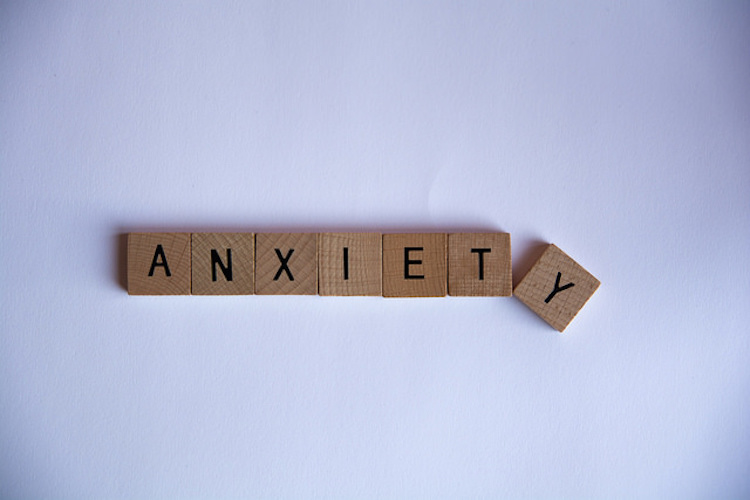Anxiety can feel like a runaway train – and when it’s coming, we often tell ourselves a story; we over identify with what’s happening; and unfortunately, this only serves to intensify the speed of the train, rather than slow it down.
There is so much research about how meditation helps with anxiety. Regular meditation will slow down your system, allow you to discern the messages that the anxiety is sending you, and it helps you to become better practiced at returning to the present moment. These tools are enormously important when suffering with anxiety, and they will undoubtedly change your life in big and small ways. But in the meantime, I have included here 4 easy steps that have helped me to stop the runaway anxiety train.
CHECK OUT: Doing Yoga On A Rooftop Cleansed My Chakras (Learn To Do It At Home)
What happens to you when your boss says “I need to talk to you” as a deadline is looming? Or when you need to have a “difficult” conversation with a loved one? Most people would report feelings of fear or nervousness, but for the people who suffer from anxiety, these feelings can be debilitating – just like how I felt on the playground.
Having tools that I could use in the moment for handling anxiety were the keys that really helped me to start dealing with my anxiety – beyond the 10-20 minutes that I was on my meditation cushion. These tools were what ultimately gave me the relief I was looking for because I not only had something to use on the spot, but eventually I integrated the life changes through practicing over time
So, here are the 4 easy steps:
1. Get familiar with what your signs of anxiety are.
You might be thinking: “It’s pounding in my chest, my palms get sweaty, my head gets foggy, etc,” but what I am talking about here is really getting to know the particulars of it. For example, I don’t often realize I am in a thinking pattern called “future tripping” (which is when I start trying to figure out the one thing that is impossible to figure out – the future!) What I do notice is that it feels like an elephant sat down on my chest. I don’t need to know the what’s or why’s – all I need to know is that it is one of my signs.
2. Do an active mindfulness practice
This doesn’t mean that you can just think about it – you have to actually do it. For me, I need to pause in the moment, take some deep breaths, feel the surfaces around me for texture and temperature, and get present.
RELATED: 10 Easy Ways You Can Practice Mindfulness
3. Check back in
It is imperative that I check back in to see if what I did was enough. What I so often hear from my patients is: “I tried it and it didn’t work.” Well, that’s true – what we try may not work, which is why we have to have a toolbox full of things to try. A carpenter may not always use just one tool to get a job done.
4. (If needed) Try something else
People often attempt to power through anxiety and lower its intensity ever so slightly, only to ratchet it back up again later. Instead, people might need to pull out another tool to try – I may need to walk away from what I am doing in that moment; I may need to call someone; or I might sit down and do a longer breathing practice. This is because it’s much better to be thorough in your mindfulness, rather than underestimating your anxiety and regretting it later.
MORE: How to Achieve Your Goals By Honoring Your Life
While practicing something new that is “good” for us, we often hit resistance and negative thinking about how it’s going. Instead, we have to be compassionate to ourselves. What we are talking about here is a “runaway train” – it will take practice, persistence, and patience to slow down that big heap of metal. Meditation and mindfulness practices give you the tools you need to recognize your signs of anxiety and utilize the self-compassion necessary for making the changes that you’ve been looking for in relation to your anxiety and your runaway train.
Ashley is a Curriculum Co-Director and teacher at Evenflow. Ashley is a licensed psychotherapist and certified mindfulness & meditation teacher with a practice in West Los Angeles. Ashley runs the Families Mindfulness program at The Center for Mindful Living, where she teaches meditation to adults, children, and those in rehabilitation suffering from addiction.
Click To Share These Helpful Hints With Your Friends




















